Comandra umbellata is a PERENNIAL growing to 03 m (1ft) It is in flower from April to June The species is hermaphrodite (has both male and female organs) Suitable for light (sandy), medium (loamy) and heavy (clay) soils and prefers welldrained soil Suitable pH acid soils and can grow in very acid soils It cannot grow in the shadeBastard toadflax definition is a plant of the genus Thesium Love words?Bastard toadflax is a parasite that depends upon other plants for survival, and it is a member of a plant family that is able to use over two hundred different species as its host This is the most diverse of any parasitic plant Within two weeks of seed germination, subterranean roots attach themselves to nearby vegetation to draw nutrients

Toadflax
Bastard toadflax uk
Bastard toadflax uk-Thesium humifusum DC Bastardtoadflax Status scarce This plant is found in short, speciesrich calcicolous grassland, chiefly on chalk, less frequently on oolitic limestone and rarely on calcareous sandy soils near the coast In Wiltshire, it is usually associated with Carex humilis and is mostly confined to warm, southwest facing slopesInternal transcribed spacer 2, complete sequence;
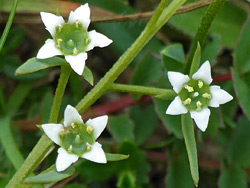



Uk Wildflowers Santalaceae Thesium Humifusum Bastard Toadflax
Protected Fungi in the UK Below is the DEFRA list of protected Fungi in the UK as of the 11th December 13 Please take care when picking any fungi, lichen or plant to make sure you know what it is first Otherwise you may well be picking from one of the rare protected species We will endevour to add photos to this list to help you as and when they are made available to usBastard Toadflax is semiparasitic, feeding on other plants through its rhizomes The DNR lists 2 varieties in Minnesota var pallida, which has a waxy coating on leaves, and var umbellata, which lacks the waxy leaves There are no herbarium records of var pallida in Minnesota but it is most likely to be in western countiesDownload PDF Sorry, we are unable to provide the full text but you may find it at the following location(s) https//digitalcommonsdenison (external link) https
The Toadflax grows wild in most parts of Europe, on dry banks, by the wayside, in meadows by hedge sides, and upon the borders of fields It is common throughout England and Wales, though less frequent in Ireland In Scotland, it is found, as a rule, only in the southern counties Having been introduced into North America, probably originallyComandra is a monotypic genus containing the single species Comandra umbellata Its common names include bastard toadflax, umbellate bastard toadflax, and common comandra The plant has a disjunct distribution;Propagation of Pale Bastard Toadflax Seed stratify for 3 months at 5°C and then sow in the greenhouse in a pot with a suitable host Plant out when it is well established close to a mature host plant Cultivation of the herb Dry hills and plains Sandy or open rocky ground in Texas
Naturetrek (UK)Thesium pyrenaicum Pyrenean Bastard Toadflax ***** Fotos bei Günther Bl 0 Replies bastard toadflax, also bastardtoadflax das Leinblatt, Pl die Leinblätter, wiss Thesium (Gattung) Last post 15 Aug 17, 1715 MerriamWebster Dictionarybastard toadflaxnounDefinition of bastard toadflax1 British a p 0 RepliesLEOorg Your online dictionary for EnglishGerman translations Offering forums, vocabulary trainer and language courses Also available as App! Comandra umbellata (L) Nutt Bastard toadflax is parasitic on the roots of trees and shrubs Family bastard toadflax (Comandraceae) Habitat dry fields, thickets, and open woods Height 618 inches Flower size 1/8 inch across Flower color white Flowering time April to June Origin native
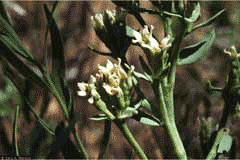



Comandra Pallida Pale Bastard Toadflax Pfaf Plant Database
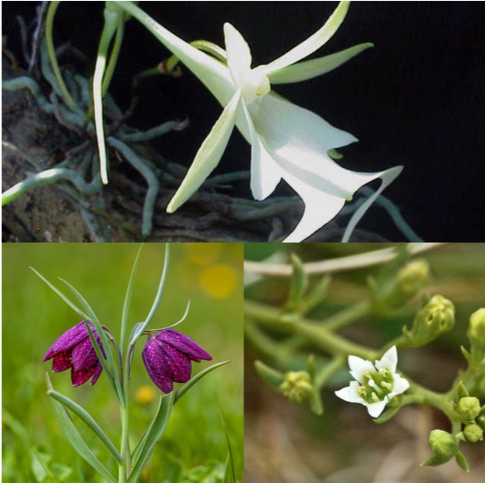



Figure 2 Wildflowers Png Department Of Zoology
An aging pasque flower on Therfield Heath, UK Photo by Joe Gray The pasque flower thrives on a golffree part of the SSSI known as Church Hill, which is also the area where bastard toadflax isPurple MilkVetch and Field Fleawort are regarded as endangered and the Fleawort, as well as the Bastard Toadflax, are considered scarce in the UK In addition, 23 species, considered to be indicators of highquality calcareous grassland, were recorded on this site in 11 Description Bastard toadflax is a 4 ″ to 12 ″ tall, erect, often branched, leafy, perennial herb that rises from fibrous roots and horizontal rhizomes It often forms colonies and a single clone can cover a large area It is semiparasitic, deriving water and nutrition from the roots of other plants, but also getting nutrition from photosynthesis
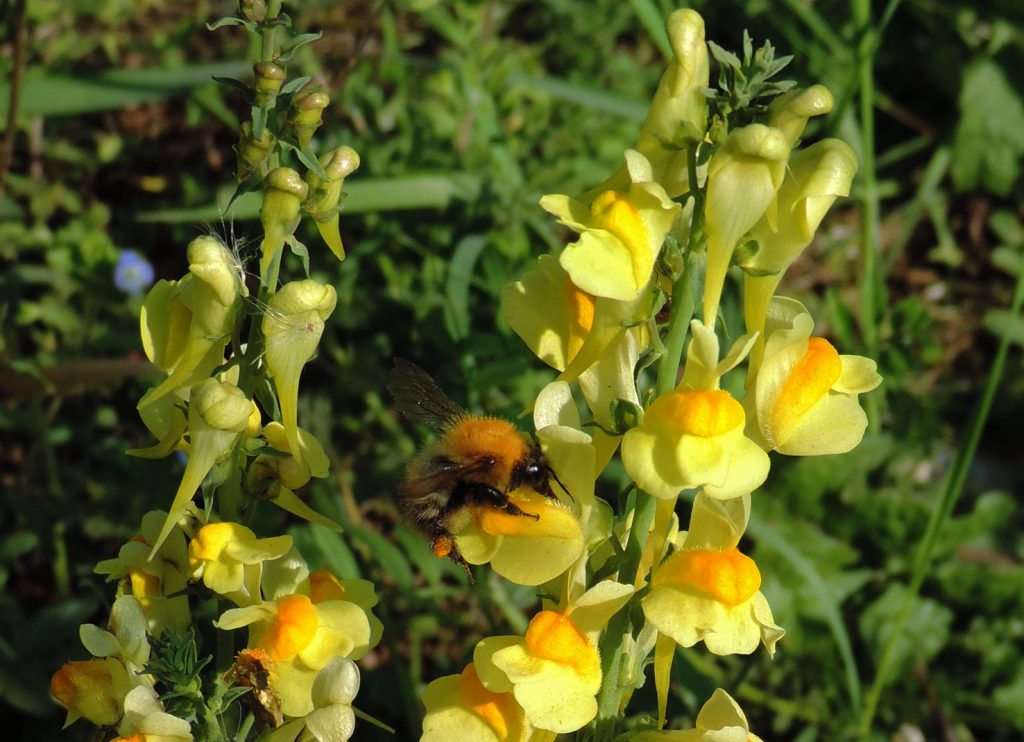



Toadflaxes Reading District Natural History Society
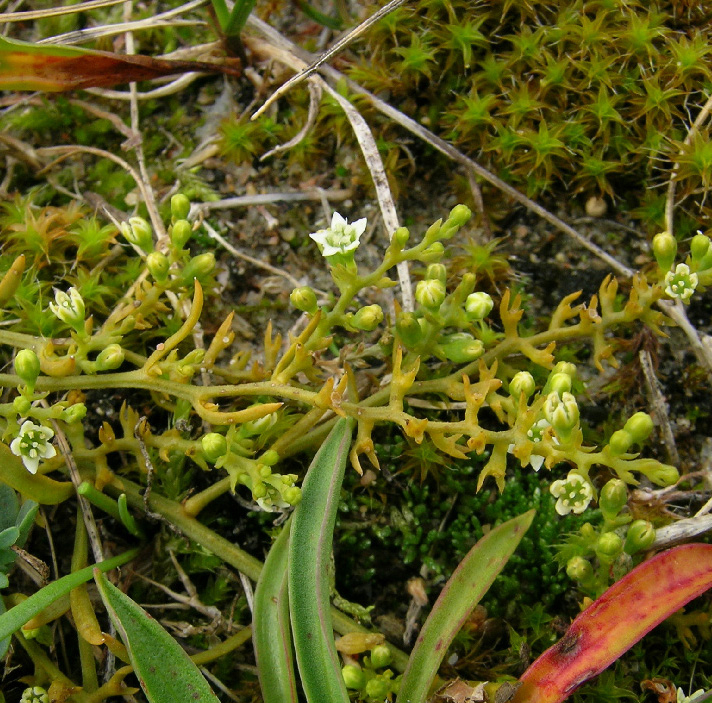



Santalaceae
Home > Wiltshire > North Wessex Downs AONB > Pewsey Downs National Nature Reserve > Photo Tour < Bastard toadflax, thesium humifusum, southeast of Walker's Hill > Keywords wildflowers, plants, white flowers, Pewsey Downs National Nature Reserve, nature reserves, North Wessex Downs, Wiltshire Her poem "Bastard Toadflax" begins "Ponderous, obstinate/coldskinned person/Very swollen eyes/Gets fidgets often" As for "Stinking Goosefoot", he is really unrepeatably unattractiveStarsingrass, Bastard Toadflax (Thesium humifusum) This shows its pretty starshaped flowers in a few places on the Park's southfacing downland slopes, as it also does on slopes to the west of the park It is seen more often by accident than through deliberate searching It flowers from June to early autumn Slender Tare (Vicia parviflora)




Field Bastard Toadflax Thesium Arvense Inaturalist United Kingdom
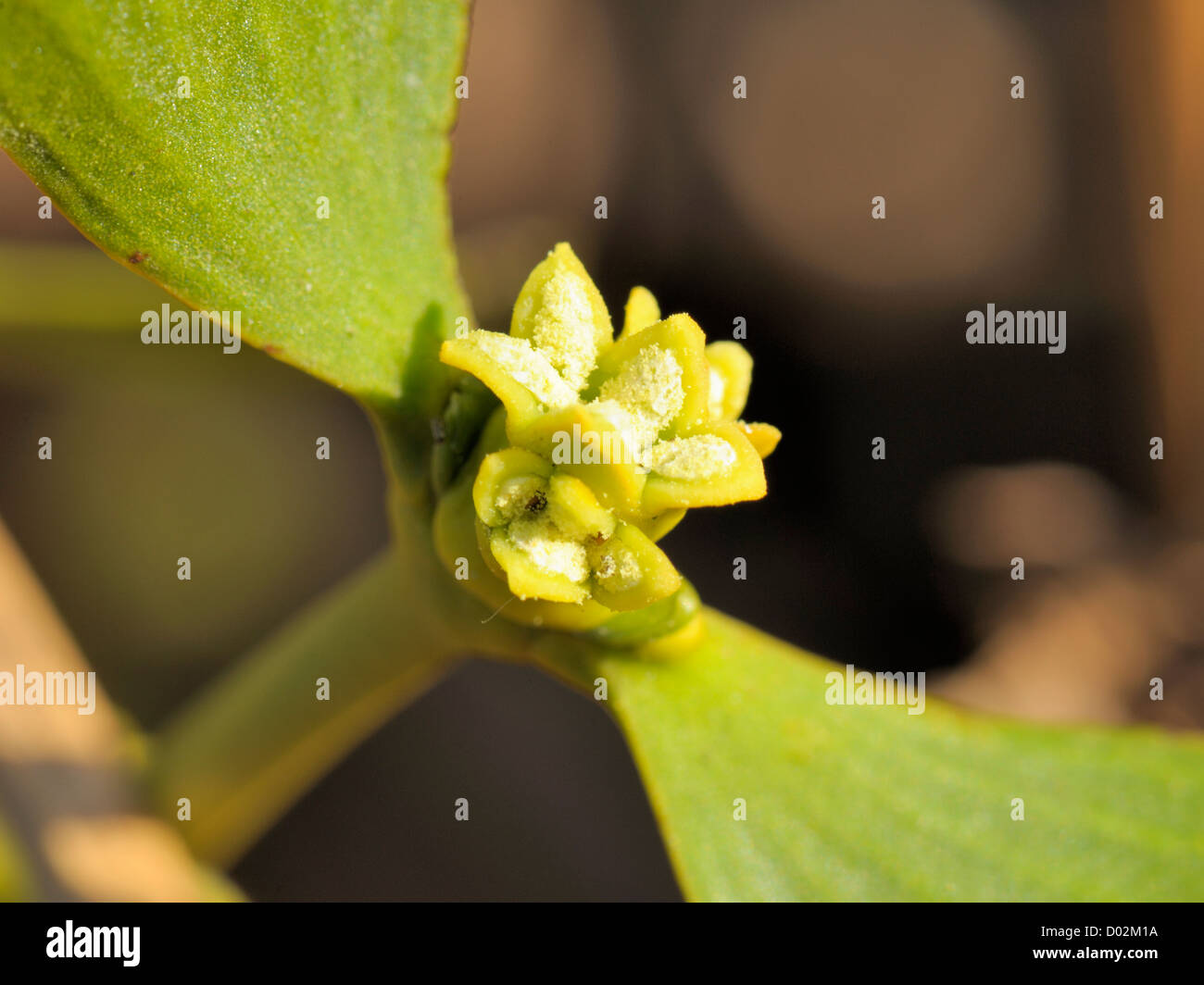



Mistletoe Viscum Album Male Flowers Stock Photo Alamy
Bastardtoadflax A perennial, with prostrate herbaceous shoots from a woody rootstock, which is hemiparasitic on the roots of various herbs It is found in short, usually grazed, speciesrich calcareous grassland, chiefly on chalk, less frequently on limestone, and rarely on clays or calcareous sandy soils near the coast Stems erect, simple, 10–25 cm, usually clustered Leaves sessile, thick, glaucous, lanceolate, 1–3 cm long Inflorescence a hemispheric cyme, terminal and from uppermost leaf axilsBastard toadflax reproduces both sexually and vegetatively Sexual reproduction is less common, but more important for dispersal over greater areas During vegetative spreading, plants send out numerous shoots or ramets, and a single clone may cover up to 90 square yards This type of reproduction is especially important in shady areas and




Bastard Toadflax Comandra Umbellata L Nutt
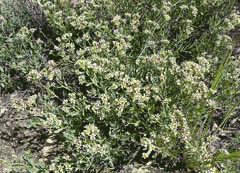



Comandra Umbellata Bastard Toad Flax California Bastard Toadflax Pale Bastard Toadflax Pfaf Plant Database
Bastardtoadflax Bug preferred UKSI Classification unranked Biota kingdom Animalia phylum Arthropoda subphylum Hexapoda class Insecta order Hemiptera family Cydnidae genus Canthophorus species Use our online forum to join the conversation about nature in the UKIn 06 the two species hybridised to form new variant, the ladymonkey orchid, unique (in the UK) to this site, adding to the varied assortment of plants, which also includes such uncommon species as bastard toadflax, chalk milkwort, white helleborine and The bastard toadflax is one of 1,000 global species that belong to the sandalwood family (Santalaceae), but it is the only member found in the UK Its somewhat unfortunate name derives from the Dutch word "bastaard", meaning hybrid, which is a reflection of its similarity to the much more prevalent toadflax genus, Linaria – an entirely




Bastard Toadflax Comandra Umbellata L Nutt




Toadflax
You must — there are over 0,000 words in our free online dictionary, but you are looking for one that's only in the MerriamWebster Unabridged Dictionary Start your free trial today and get unlimited access to America's largest dictionary, with More than 250,000 words that aren't in our free dictionaryComandra umbellata (Bastard Toadflax) is a species of perennial herb in the family Santalaceae They have a selfsupporting growth form They are native to The Contiguous United States, Alaska, and Canada They have simple, broad leaves Flowers are visited by Blue bottle fly, Phthiria, Telephorus, and Coelioxys alternata Individuals can grow The chalk this year is feeling the spring drought, late and shy flowering After a hard winter graze, the area we affectionately call the 'Bastardtoadflax area' has sprung to life There is more Bastardtoadflax there than I have ever seen and masses of Chalk Milkwort too It just goes to show that there are always winners and losers
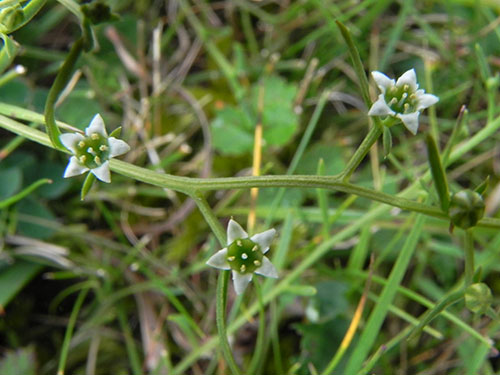



Sussex Biodiversity Record Centre
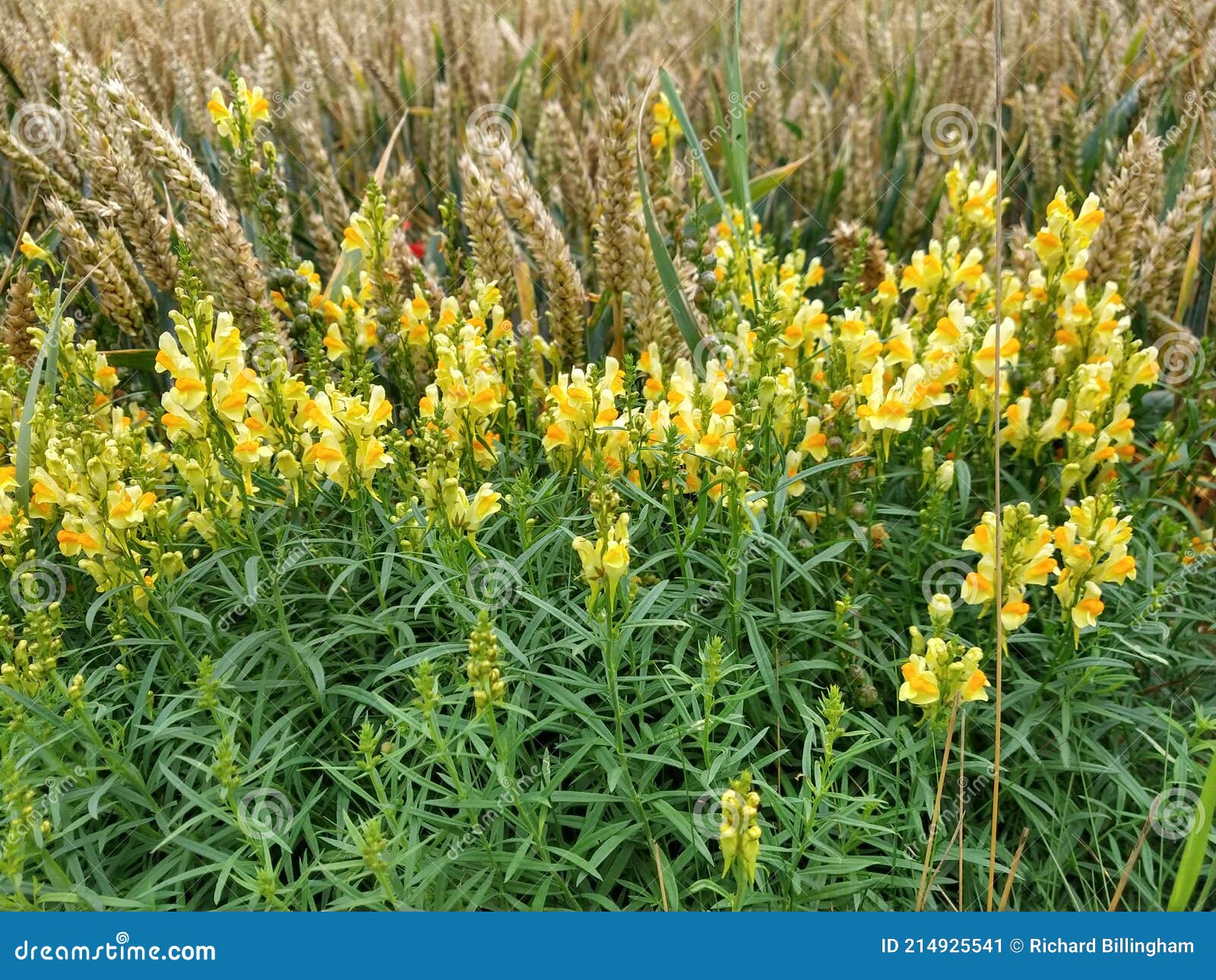



704 Toadflax Photos Free Royalty Free Stock Photos From Dreamstime
About Bastard Toadflax is a hemiparasitic species in the Sandalwood family that will often attach to a host plant to meet nutritional and/or water needs (see Germination Code K, right) Please note, this seed is VERY difficult to germinateIts four subspecies occur in North America and the MediterraneanBastardtoadflax, Thesium humifusum Badbury Rings, Dorset September 18 All images used are copyrightPlease contact me if you find errorscontact me if you find errors




Toadflax
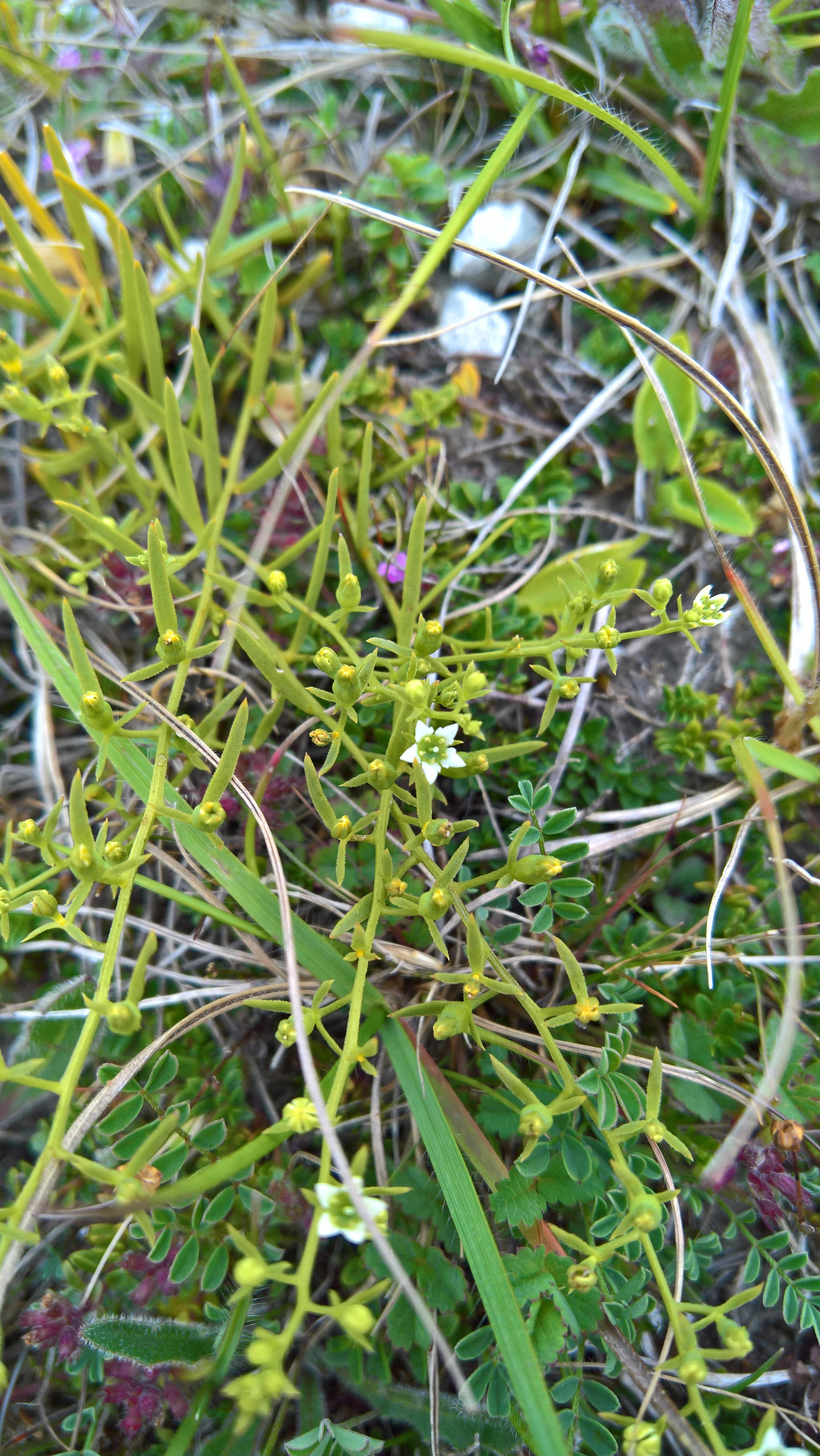



Thesium Humifusum Observation Uk And Ireland Ispot
To most such Illinoisans, the recurring efforts to bring back the bastardtoadflax must seem noble but a bit nutty, like attempts to restore Gaelic to Wales As the scope of restoration expands, nature will increasingly compete with other — mainly recreational — uses of public lands, and public opinion will play a larger part in the heretoforeCommon toadflax is a common plant of waste ground, grassland, roadside verges and hedgerows Its yellowandorange flowers appear in June and persist well into November;Its four subspecies occur in North America and the Mediterranean




Bastard Toadflax Comandra Umbellata L Nutt
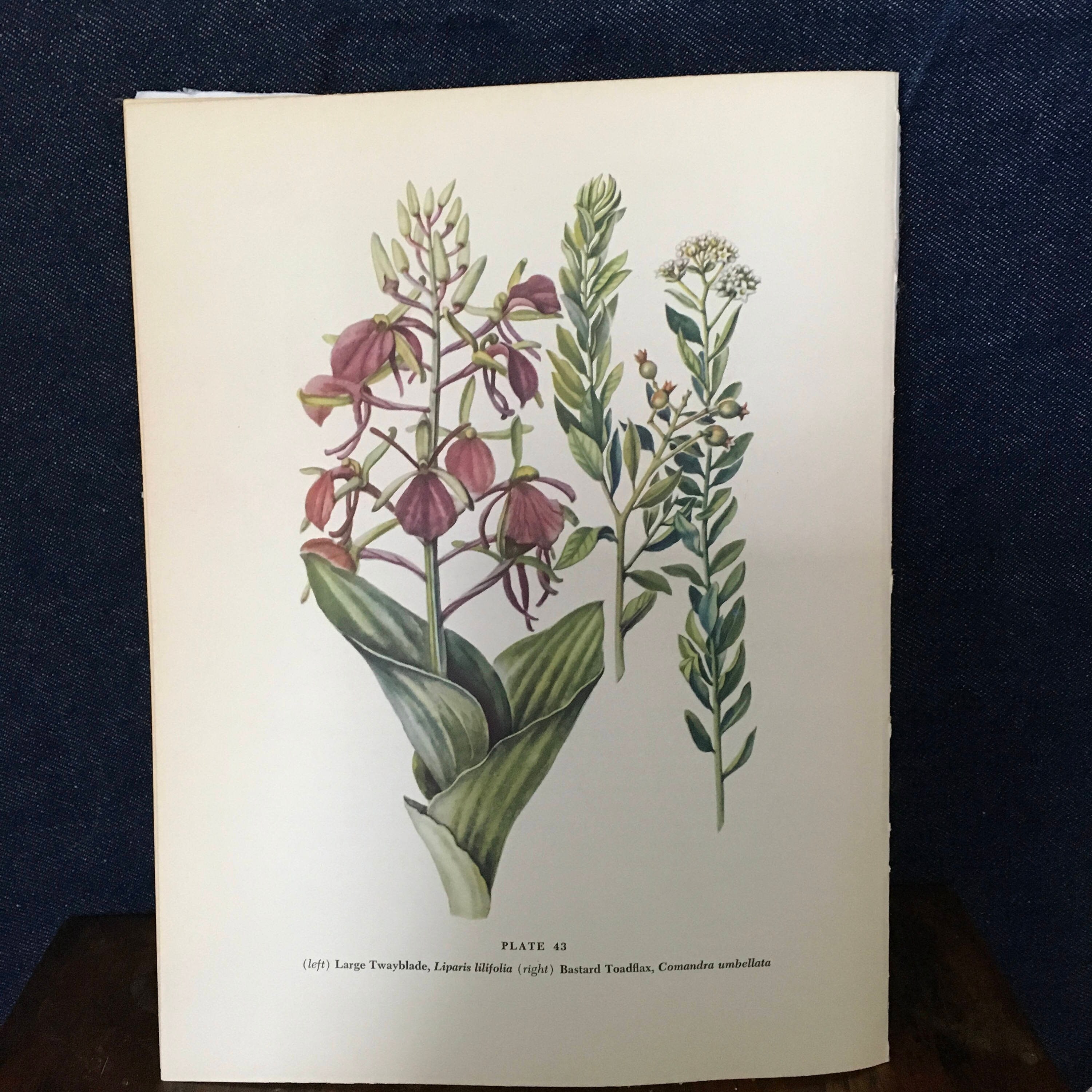



Large Twayblade And Bastard Toadflax Antique Botanical Litho Etsy
Thesium humifusum voucher NMW980 58S ribosomal RNA gene, partial sequence;Bastard Toadflax (Comandra umbellata) Bastard Toadflax is also known as False Toadflax Plant Type This is a herbaceous plant, it is a perennial which can reach 40cm in height (16inches) From a rhizome Leaves The leaves are alternateLeavesThesium humifusum Bastardtoadflax R DD N The attraction of Devil's Dyke at this time of year was the Lizard Orchid (Himantoglossum hircinum) but along with many other naturalists, we looked for butterflies and other flowers on the way to the known site In the grass, low down I spotted this small white flower which may be common to the



Purbeck 22nd June 16
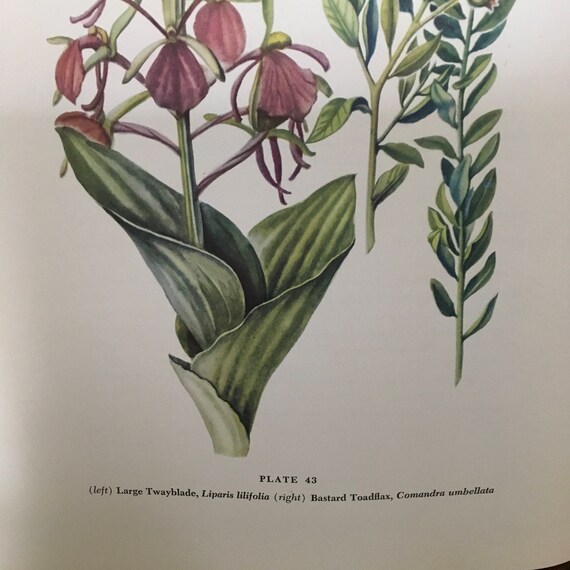



Large Twayblade And Bastard Toadflax Antique Botanical Litho Etsy
Toadflax possesses Astringent and Hepatic property It is a powerful Purgative and Diuretic It is used in the treatment of Jaundice, Liver, Scrofula and Skin diseases The fresh plant is used as a poultice or ointment for Piles The juice of the herb is a good remedy for Inflammation of Eyes and cleansing ulcerous sores Bastard toadflax, any of several small annual or perennial herbs of the sandalwood family (Santalaceae) that have narrow leaves resembling those of true toadflax of the genus Linaria In North America the name refers to a plant of the genus Comandra, while in Europe the name is applied to species of ThesiumInternal transcribed spacer 2, complete
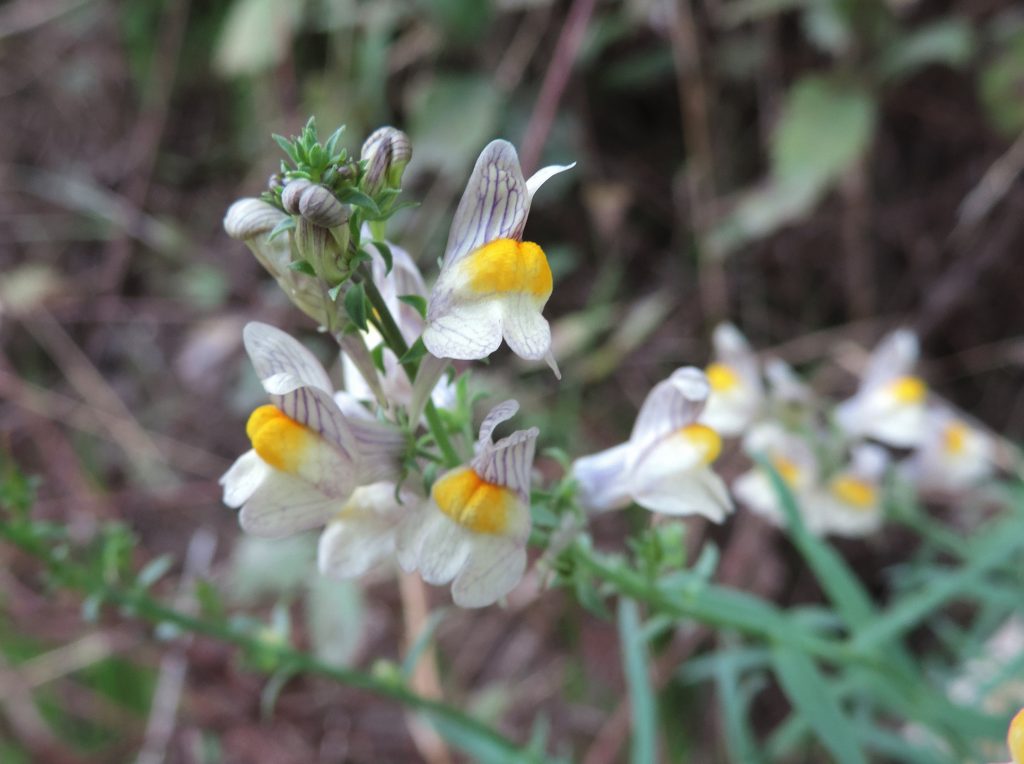



Toadflaxes Reading District Natural History Society



Wildflowers Bastard Toadflax Thesium Humifusum
Description Pale bastard toadflax is a 4 ″ to 12 ″ tall, erect, often branched, leafy, perennial herb that rises from fibrous roots and horizontal rhizomes It often forms colonies and a single clone can cover a large area It is semiparasitic, deriving water and nutrition from the roots of other plants, but also getting nutrition from photosynthesisBastard toadflax (usually uncountable, plural bastard toadflaxes) Any of several related hemiparasitic plants in the family Santalaceae (Britain, Ireland) Any plant in the genus Thesium Comandra umbellata Geocaulon lividum"Northern Bastard Toadflax" Santalaceae (Sandalwood Family) Description General an erect, perennial, from creeping, threadlike, reddish rhizomes;




The Lyons Share May 19




Thesium Humifusum Online Atlas Of The British And Irish Flora
Bastard toadflax RHS Plants for Pollinators plants This plant will provide nectar and pollen for bees and the many other types of pollinating insects It is included in an evolving list of plants carefully researched and chosen by RHS experts Divided into 3 groups these lists, linked below, are maintained by a team of RHS staff and areThey look like the flowers of snapdragons (familiar garden plants), and are often densely packed These flowers give the plant its other common name of 'butter and eggs'And 28S ribosomal RNA gene, partial sequence 442 bp linear DNA Accession KX GI Thesium humifusum voucher NMW4593 58S ribosomal RNA gene, partial sequence;




Thesium Humifusum Wikipedia
/Toadflax(Bastard)_thesium_humifusum_5551507118_BastiaanBrakp88.jpg)



Toadflax Bastard Bastard Toadflax Wild Flower Finder
Posts about bastard toadflax written by brettpeto Post by Brett Peto Good things start at seven in the morning That's when our group of four hiked 15 minutes offtrail into the heart of Middlefork Savanna in Lake Forest, part of the Lake County Forest Preserves in northern Illinois The air was warm, the sunshine spread everywhereStems usually unbranched, 10 25 cm tall Leaves alternate, thin, oval, 1 3 cm long, blunttipped, bright green, frequently yellow streakedThesium humifusum usually grows flat along the ground, only occasionally producing more erect flowering stems Its leaves are a yellowish green colour and are strapshaped and up to 25 mm (1 in) long, with a single central vein The flowers are also yellowish, and only 2–3 mm (008–01 in) long They have five tepals, five stamens, and a



Wildflowers Bastard Toadflax Thesium Humifusum




Toadflax Moth Calophasia Lunula Caterpillar Hesse Germany Stock Photo Picture And Royalty Free Image Pic Ibk Agefotostock
Comandra is a monotypic genus containing the single species Comandra umbellataIts common names include bastard toadflax, umbellate bastard toadflax, and common comandra The plant has a disjunct distribution; Common Toadflax (Linaria vulgaris) and a bumblebee pollinator (Common Carder Bee Bombus pascuorum) Stokenchurch September 14 Purple Toadflax (Linaria purpurea) Eversley September 18 Ivyleaved Toadflax (Cymbalaria muralis) Small Toadflax (Chaenorhinum minus) Blewbury September 13 Bastard Toadflax (Thesium humifusum)If you do find Bastard Toadflax it's well worth checking the plant and its vicinity for the distinctive, red and black nymphs of the nationally scarce BastardToadflax Bug (Canthophorus impressus) that might be feeding on itThe adults are about 67mm in length and deep blue with a white border to the pronotum and connexivum but are active in the spring and autumn
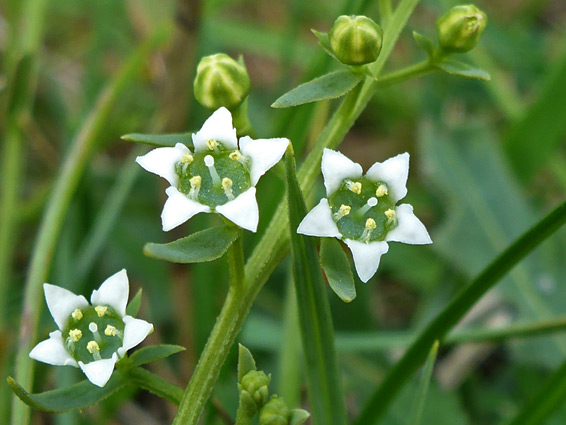



Uk Wildflowers Santalaceae Thesium Humifusum Bastard Toadflax
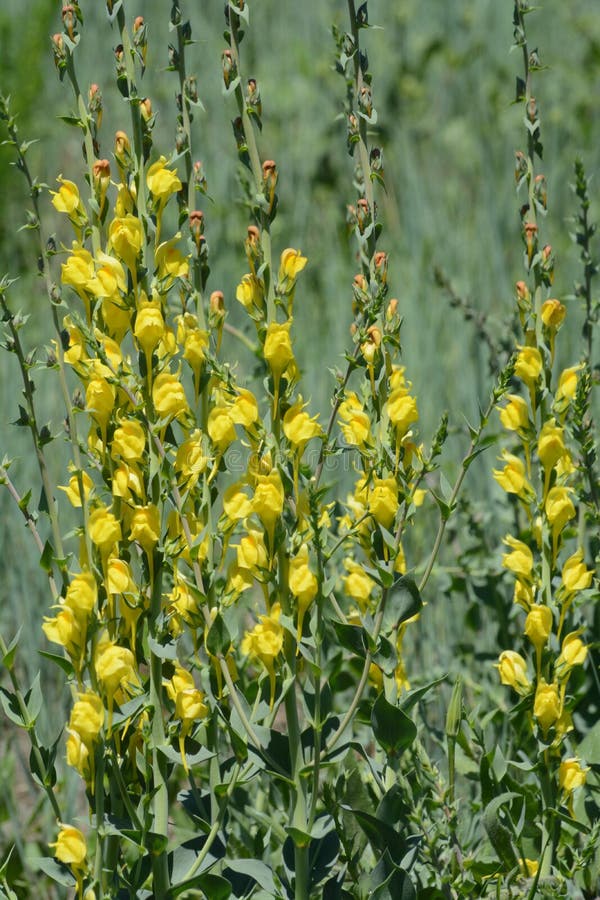



704 Toadflax Photos Free Royalty Free Stock Photos From Dreamstime
Its leafy stems are either unbranched or sparingly branched The stems are light green or light reddish green, terete, and glabrous Abundant alternate leaves occur along the entire length of each stem These leaves are ¾–1½" long, ¼–½Bastard Toadflax (Comandra umbellata) Description This herbaceous perennial plant is up to 1' tall;



Thesium Alpinum Naturescene




Susan Simmonds على تويتر Back To My Favourite Place Broughtondown For Wildflowerhour Really Pleased To Find These Tinyplants Especially The Rare Interestingly Named Bastard Toadflax Spot The Difference The Odd One




Bastard Toadflax 195 Therfield Heath Herts June 18 Flickr




The Lyons Share So Where S The Bastard Toadflax



Toadflax Bastard




Bastard Toadflax Comandra Umbellata L Nutt
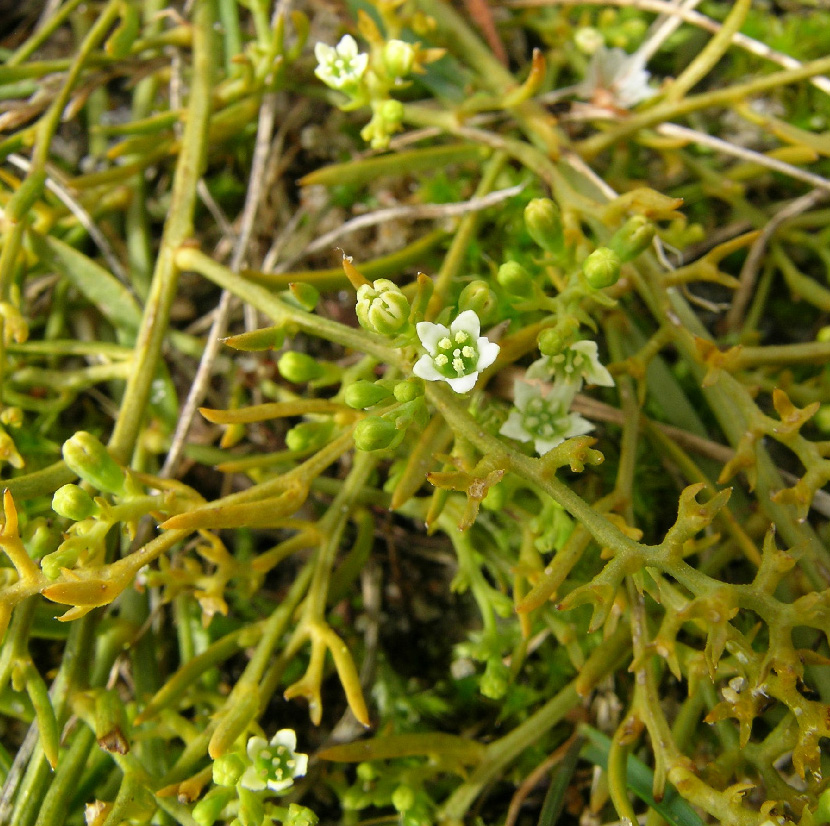



Santalaceae
/Toadflax(Bastard)_thesium_humifusum_2559492100_BastiaanBrakp777.jpg)



Toadflax Bastard Bastard Toadflax Wild Flower Finder
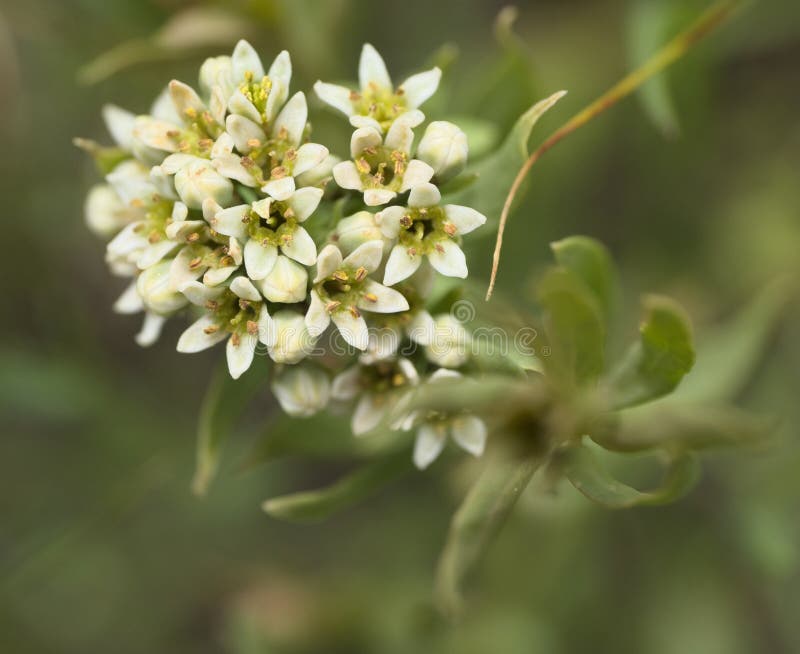



704 Toadflax Photos Free Royalty Free Stock Photos From Dreamstime



Wild Flower Society Visit Hartslock
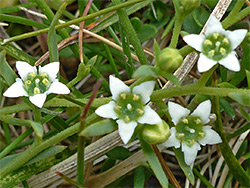



Uk Wildflowers Santalaceae Thesium Humifusum Bastard Toadflax
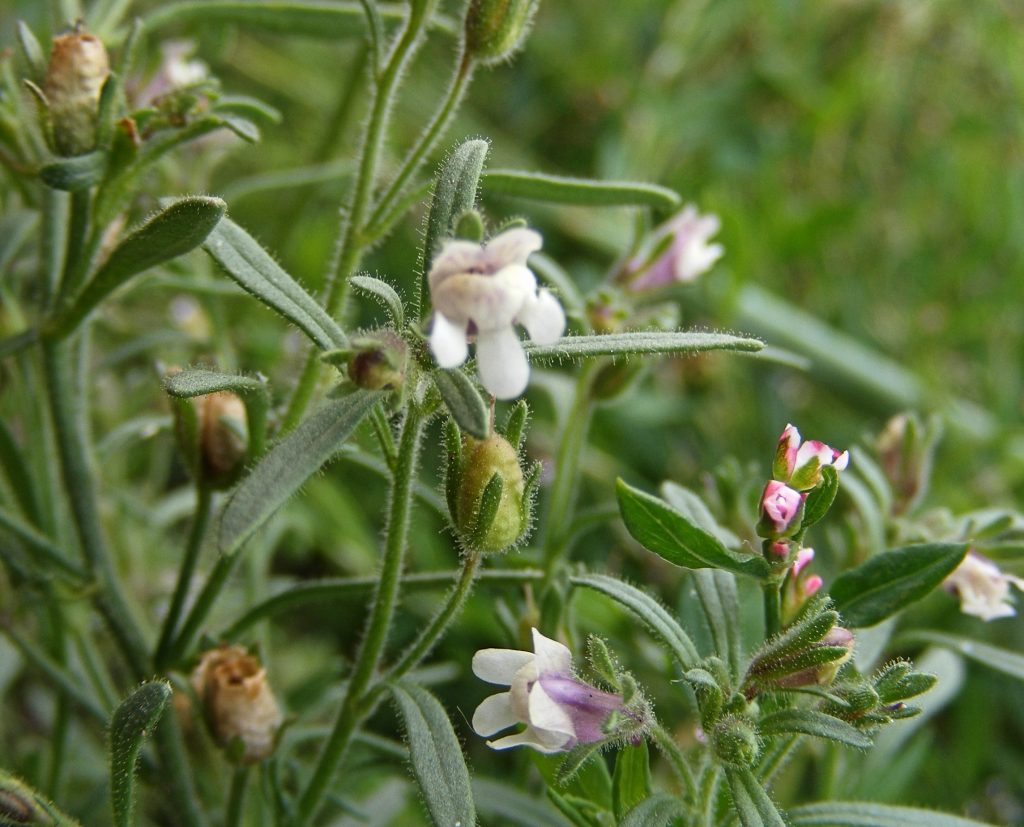



Toadflaxes Reading District Natural History Society
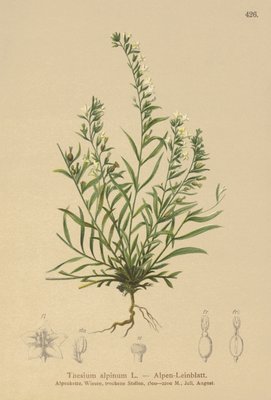



Alpine Bastard Toadflax Thesium Alpinum
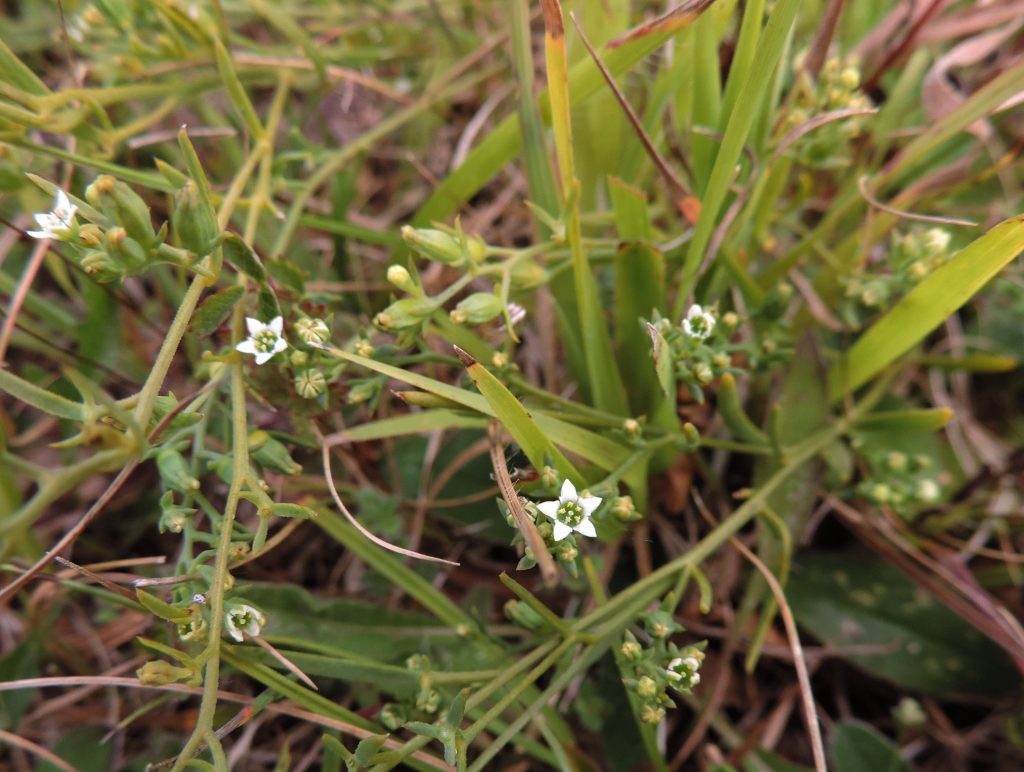



Toadflaxes Reading District Natural History Society




Thesium Humifusum Bastard Toadflax Posters Prints By Anonymous
/Toadflax(Bastard)_thesium_humifusum_5550925391_BastiaanBrakp6.jpg)



Toadflax Bastard Bastard Toadflax Wild Flower Finder




Thesium Pyrenaicum Pourr Subsp Pyrenaicum Pyrenean Bas Flickr
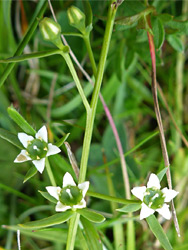



Uk Wildflowers Santalaceae Thesium Humifusum Bastard Toadflax



Era Library Ualberta Ca Items 0ece1252 94b5 4c86 46 06e7f0fc4dae View 8a4fb7b2 4645 47b4 Ab27 248f7a4513b5 Comandra umbellata Pdf



Wildflowers Bastard Toadflax Thesium Humifusum




Herbarium Sheet Bastard Toadflax Thesium Humifusum Found At Bembridge Isle Of Wight 1843




Thesium Humifusum Picture 1 Of 1




Thesium Humifusum Online Atlas Of The British And Irish Flora



Spain
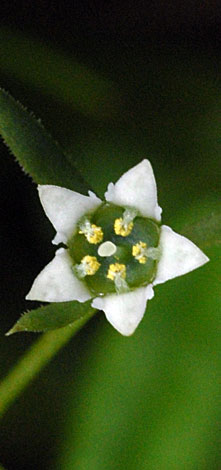



British Wild Plant Thesium Humifusum Bastard Toadflax




Toadflax
/Thesium_humifusum_BradingDown130708a1[mc]p1.jpg)



Toadflax Bastard Bastard Toadflax Wild Flower Finder




The Lyons Share May 19



Thesium Humifusum Subsp Divaricatum Naturescene




Spring Wildflowers At Wolf Road Prairie Wild Geranium And Bastard Toadflax Youtube




Toadflax Photos And Premium High Res Pictures Getty Images




Uk Wildflowers Santalaceae Thesium Humifusum Bastard Toadflax




Toadflax



Wildflowers Bastard Toadflax Thesium Humifusum
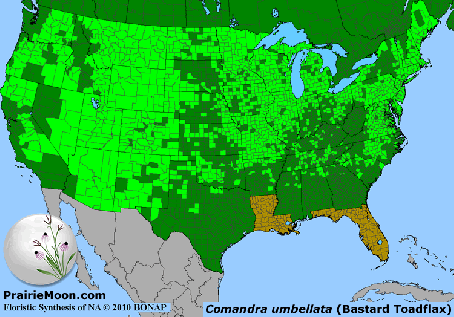



Comandra Umbellata Bastard Toadflax Santalaceae



Thesium Alpinum Naturescene



Puccinia Thesii Bastard Toadflax Rust Bastard Toadflax Rust




Toadflax Moth Calophasia Lunula Caterpillar Hesse Germany Stock Photo Picture And Royalty Free Image Pic Ibk Agefotostock
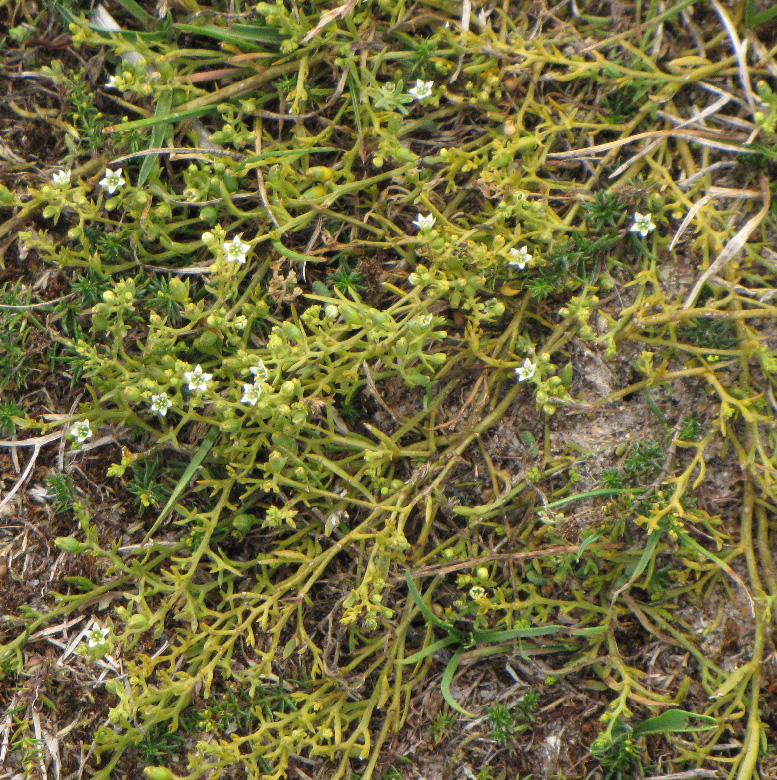



Santalaceae
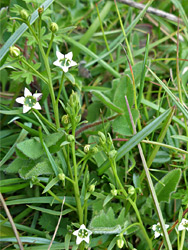



Uk Wildflowers Santalaceae Thesium Humifusum Bastard Toadflax




Toadflaxes Reading District Natural History Society
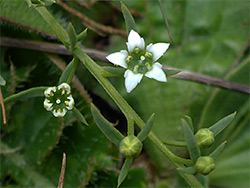



Uk Wildflowers Santalaceae Thesium Humifusum Bastard Toadflax



From Stinking Goose Foot To Bastard Toadflax Taylor Francis Group



Hyacinthoides Non Scripta




Bastard Toadflax Comandra Umbellata L Nutt
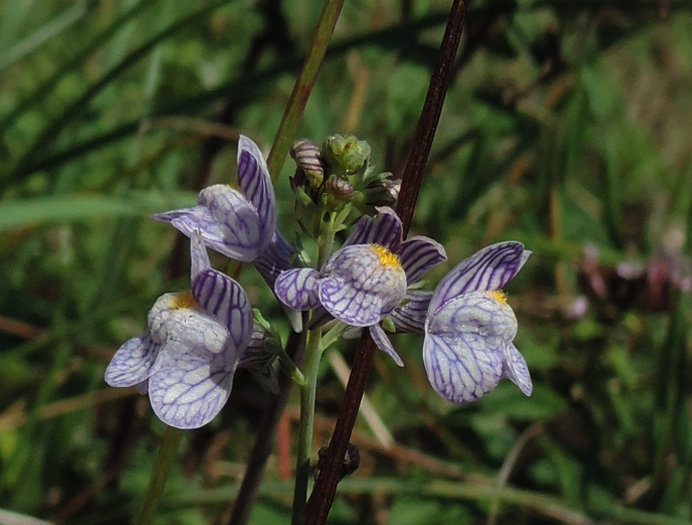



Toadflaxes Reading District Natural History Society



Wild Flower Society Visit Hartslock
/Thesium_humifusum_BradingDown130708a6[mc]p99.jpg)



Toadflax Bastard Bastard Toadflax Wild Flower Finder
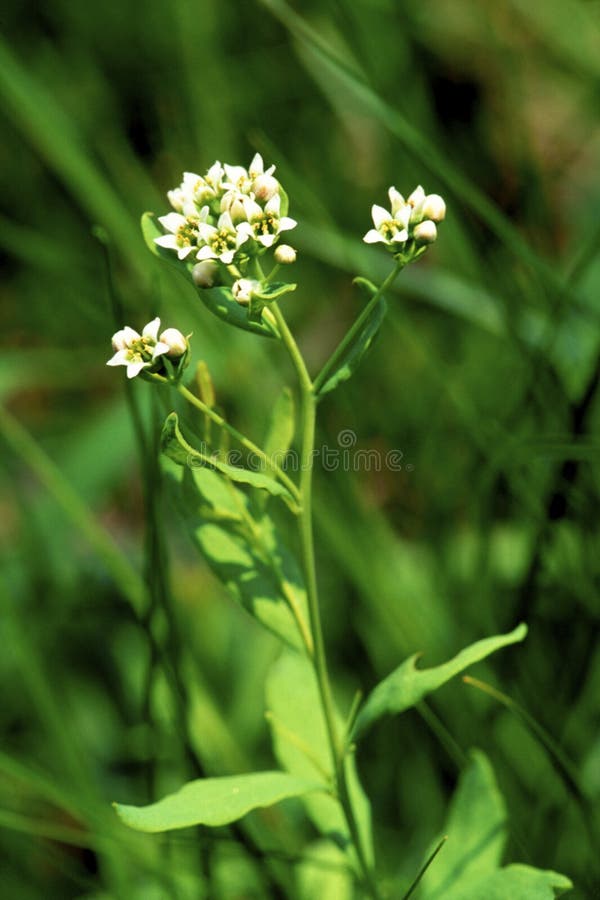



704 Toadflax Photos Free Royalty Free Stock Photos From Dreamstime
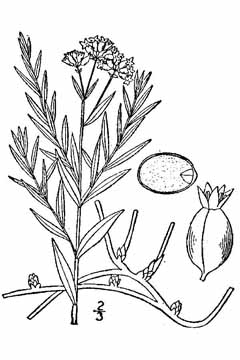



Comandra Pallida Pale Bastard Toadflax Pfaf Plant Database
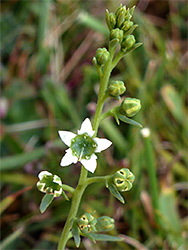



Uk Wildflowers Santalaceae Thesium Humifusum Bastard Toadflax
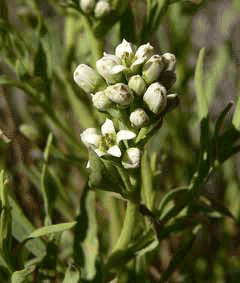



Comandra Umbellata Bastard Toad Flax California Bastard Toadflax Pale Bastard Toadflax Pfaf Plant Database
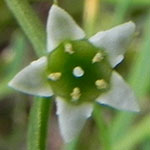



Sussex Biodiversity Record Centre



Bastard Toadflax Thesium Humifusum In Leaf And Stem Mines Of British Flies And Other Insects



Toadflax Bastard Bastard Toadflax Wild Flower Finder



Wild Flower Society Visit Hartslock
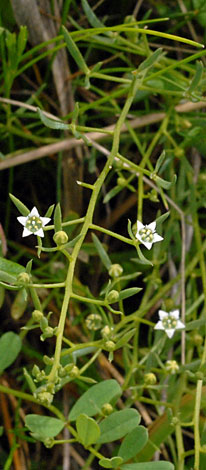



British Wild Plant Thesium Humifusum Bastard Toadflax




Bastard Toadflax Comandra Umbellata L Nutt




Toadflax Moth Calophasia Lunula Caterpillar Hesse Germany Stock Photo Picture And Royalty Free Image Pic Ibk Agefotostock
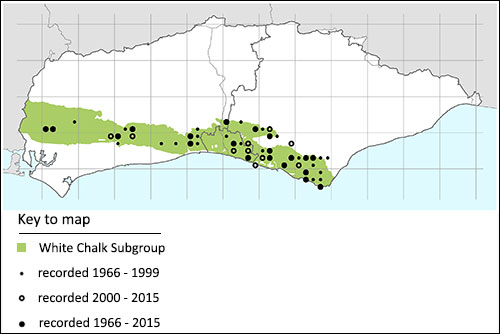



Sussex Biodiversity Record Centre
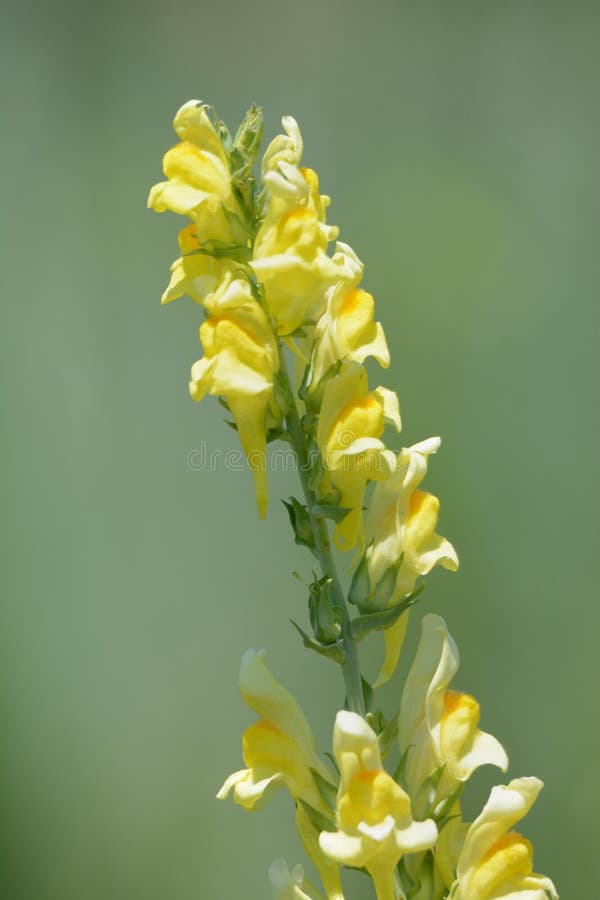



704 Toadflax Photos Free Royalty Free Stock Photos From Dreamstime
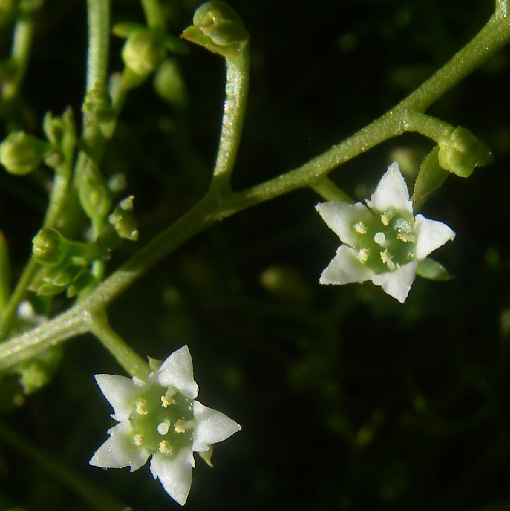



Santalaceae



Bastard Toadflax Bug At Hartslock Hartslock
/Thesium_humifusum_BradingDown130708a3[mc]p3.jpg)



Toadflax Bastard Bastard Toadflax Wild Flower Finder




Therfield Heath And Greens A Few Pics Of One Of The Downland Shield Bugs Found On Therfieldheath Today First Record In Herts Also Of Its Very Understated Food Plant Bastard
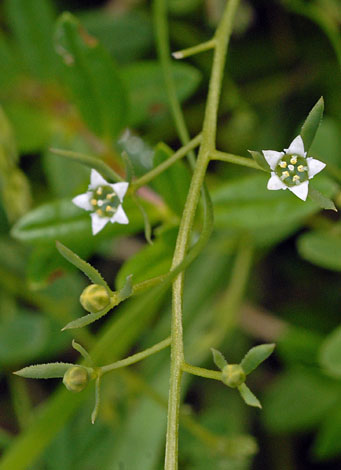



British Wild Plant Thesium Humifusum Bastard Toadflax
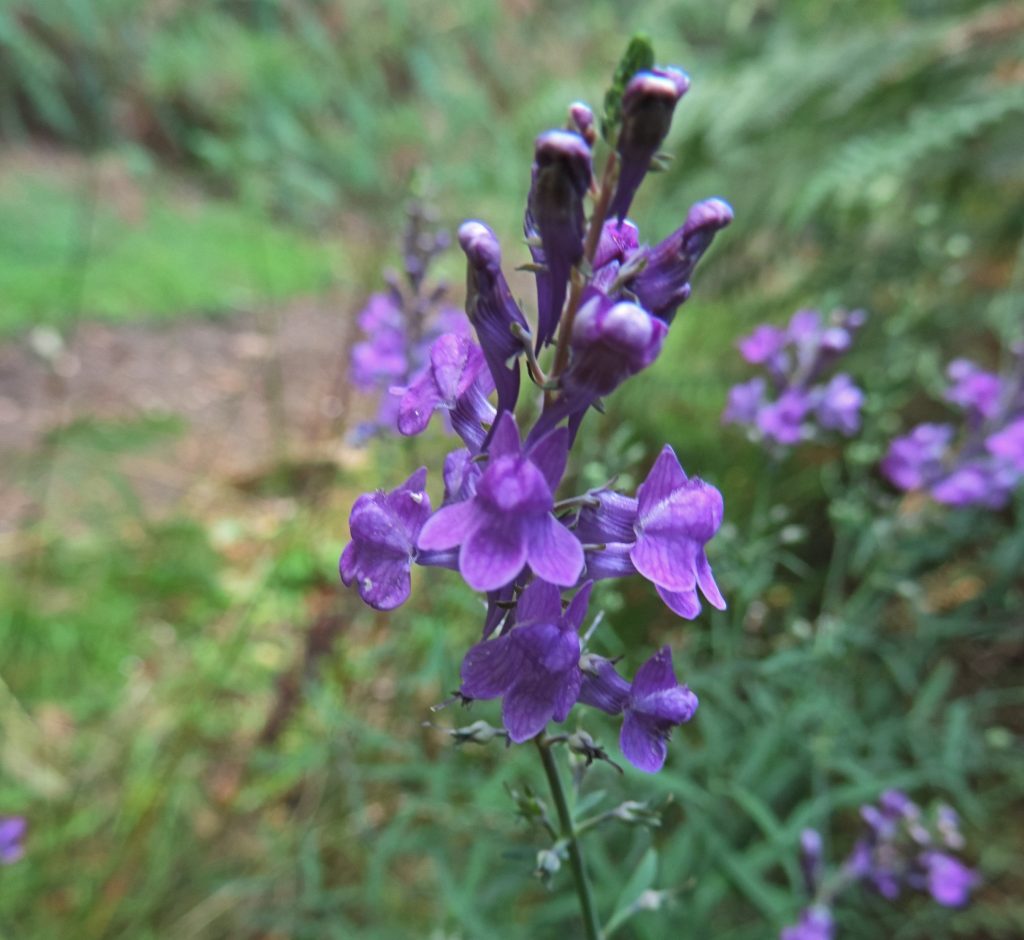



Toadflaxes Reading District Natural History Society



Bastard Toadflax Bug At Hartslock Hartslock



Wild Flower Society Visit Hartslock
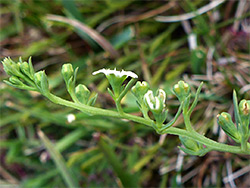



Uk Wildflowers Santalaceae Thesium Humifusum Bastard Toadflax
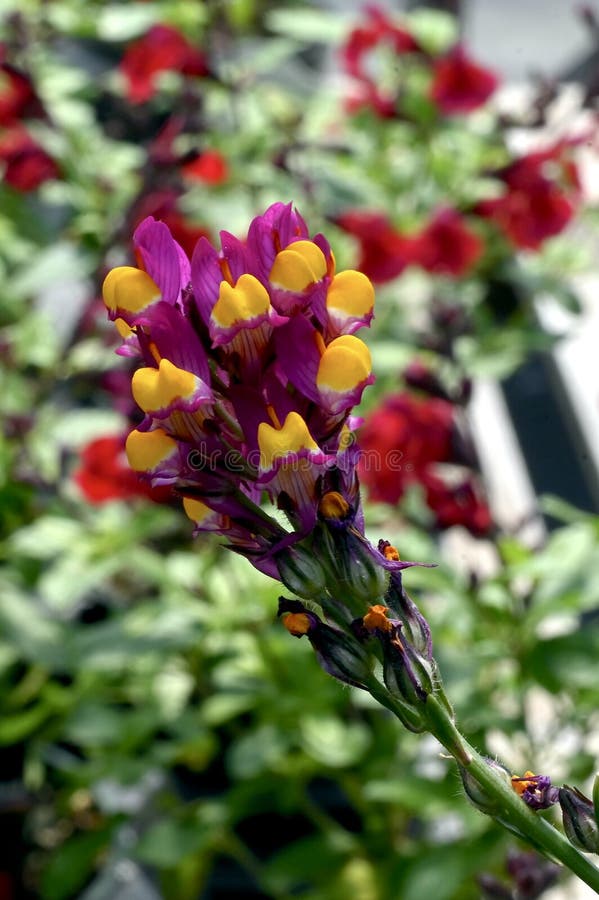



704 Toadflax Photos Free Royalty Free Stock Photos From Dreamstime



Wild Flower Society Visit Hartslock



0 件のコメント:
コメントを投稿